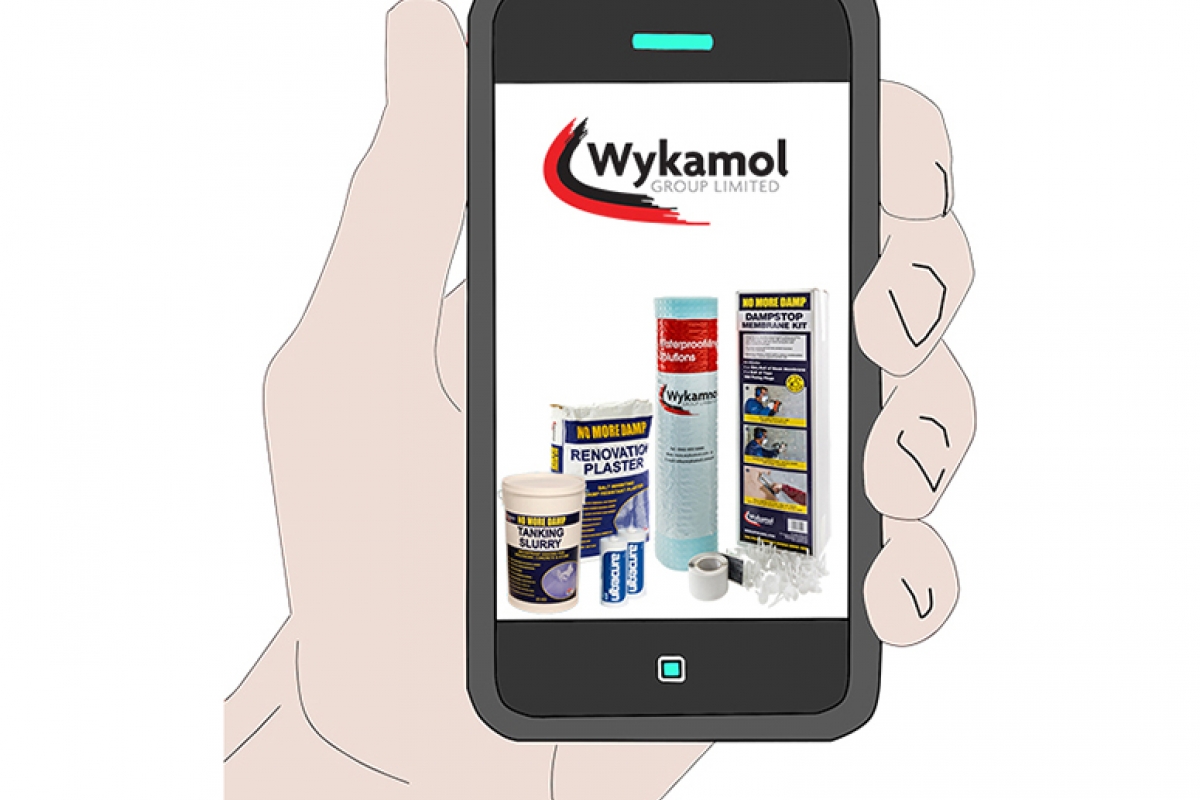Posted on 25/9/17 in Articles

Augmented Reality is a hot topic in the Construction Industry right now, and for those of you who aren’t up to speed on exactly what AR is, here’s a brief overview and a little insight in to how it could be useful to Contractor’s, Architects and Engineers.
A recent example of AR is 2016’s release of Pokemon Go; A smartphone app which allows you to view the real world through your camera lens while your phone superimposes a computer-generated image in the shape of a ‘wild’ Pokemon, almost as though it’s right in front of you. You can then ‘throw’ a Pokeball at the Pokemon and catch it. This is done by aiming your phone at the image and flicking a graphic ball towards the Pokemon on your screen. For those who grew up in the 80s and 90s the phrase ‘Gotta Catch ‘Em All’ is very familiar and Pokemon Go, after its initial launch, was a big hit across multiple age groups.
Virtual Reality or VR creates a completely digital and therefore artificial environment. Anything you see or hear while experiencing VR is a reproduction, unlike AR where you can still view and hear the authentic world around you, only with some additions. VR and AR are most commonly experienced through headsets, which many people believe to be the future of gaming. AR, however, could be the future of the construction industry.
The Construction Industry is often considered a little technologically blind sighted. Where most other industries have a number of employees who are office based, with the internet and advanced software just a click of a button away, the Construction Industry still recognise man power over machine power, and at present, this is certainly the best approach. But moving forward with mobile technology, which allows access to software while on site, there is no reason why man and machine cannot begin to work together more coherently, saving time and money.
Some of the largest Construction Companies in the world are investing in Microsoft’s Hololens at a commercial price of £4,529. Hololens is a headset which is placed over the eyes and can be used for both AR and VR. Reports show that the amount of savings made by using the AR headset to avoid costly mistakes at build stage has more than covered the initial costs in a very short space of time.
Essentially, by wearing these headsets on site you can not only see the real world around you but the development process of the project, before it even happens and potentially at every stage. By inputting the design information from every design specification on the project (not so difficult when most design stages have been digitalised) you can actually see how all this information works together as a finished product. If, for example, there was a miss calculation with the length of a steel frame, this can be changed before the steel is ordered, saving time and money on making corrections later.
Many Contractors are familiar with the problem of their customer’s vision not coinciding with real life possibilities, and the limitations of a structure. By allowing a homeowner to view the finished product through the Hololens, this will eradicate any of their unattainable expectations based on their budget and proposed time scale.
Integrating this technology will not take work away from essential members of the Construction industry, but rather enhance precision and save time, during a period where saving time is essential due to the housing crisis. Although smaller companies may not wish to invest in an expensive Hololens, we at Wykamol believe it is only a matter of time until, just like the Pokemon Go app, you can use this AR software on your phone for a small fee, which could potentially save you thousands.